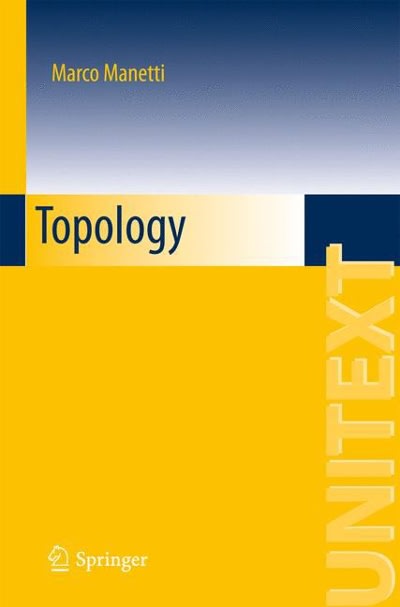Question
This is an example of a double blind experimental study investigating a therapeutic value of vitamin C (ascorbic acid) for preventing common colds. The study
This is an example of a double blind experimental study investigating a therapeutic value of vitamin C (ascorbic acid) for preventing common colds. The study was conducted during a 2-week period on a random sample of 279 college students. The contingency table below relating the variables incidence of common colds and taking or not taking vitamin C is shown here.
Cold | No Cold | Total | |
Vitamin C | 15 | 109 | 124 |
Placebo | 33 | 122 | 155 |
Total | 48 | 231 | 279 |
Complete parts (b, c, d).
2(b) Which variable makes most sense to use as the explanatory variable and which should be used as the response variable?
Cold is [ Select ]
[-"the response variable",
-"the explanatory variable",
-"not a variable"]
Health condition is [ Select ]
[-"the explanatory variable",
-"the response variable",
-"not a variable"]
Placebo is [ Select ]
[-"the response variable",
-"the explanatory variable",
-"not a variable"]
Treatment is [ Select ]
[-"not a variable",
-"the response variable",
-"the explanatory variable"]
Vitamin C is [ Select ]
[-"not a variable",
-"the explanatory variable",
-"the response variable"]
2(c) Determine the conditional percentages for students taking vitamin C and placebo.
Did you find column percentages or row percentages? The answer: found percentages.
Round percentages to integers as needed.
| Cold | No cold | |
| Vitamin C | % | % |
| Placebo | % | % |
2(d) Summarize what you can say about how taking vitamin C and preventing a common cold.
Step by Step Solution
There are 3 Steps involved in it
Step: 1

Get Instant Access to Expert-Tailored Solutions
See step-by-step solutions with expert insights and AI powered tools for academic success
Step: 2

Step: 3

Ace Your Homework with AI
Get the answers you need in no time with our AI-driven, step-by-step assistance
Get Started


